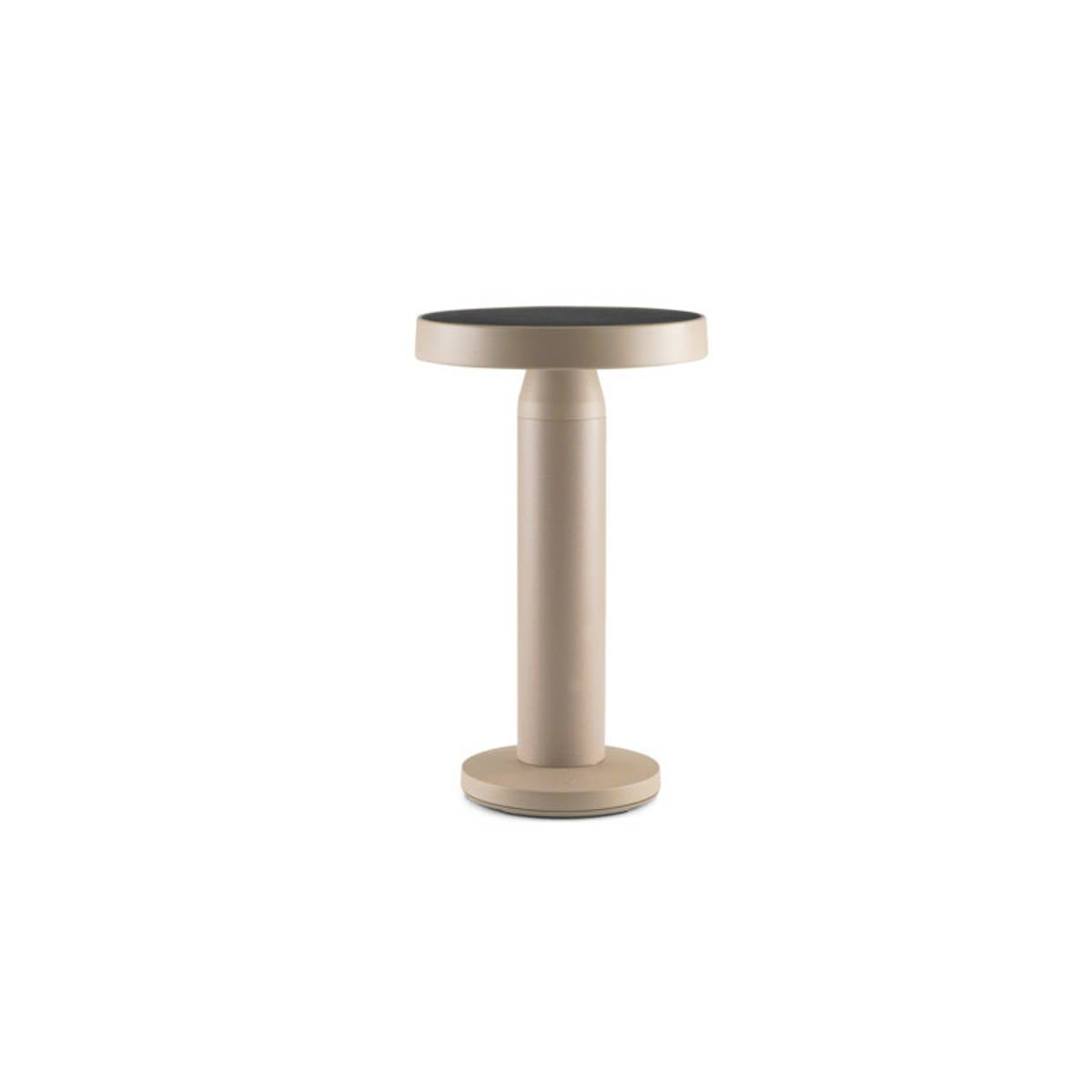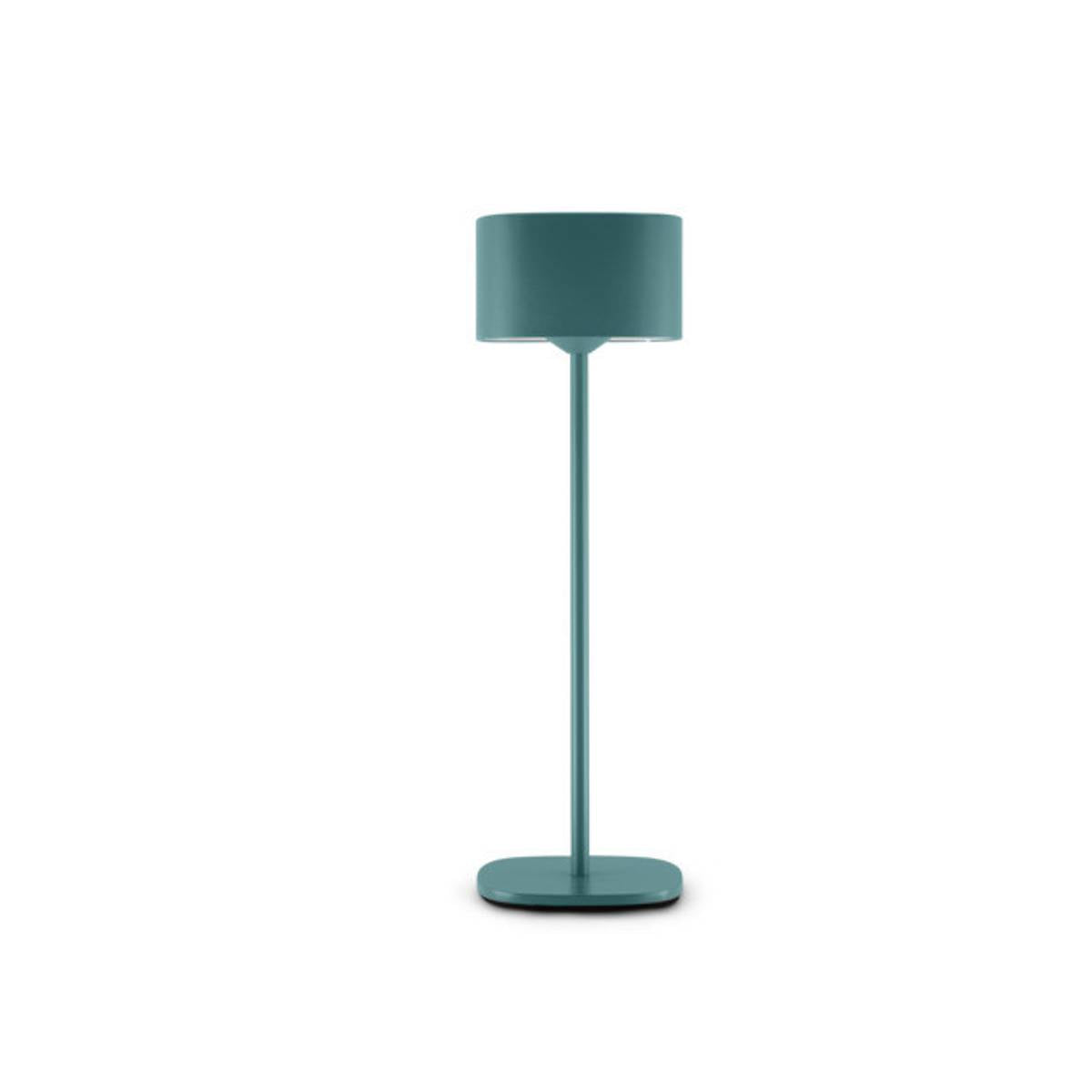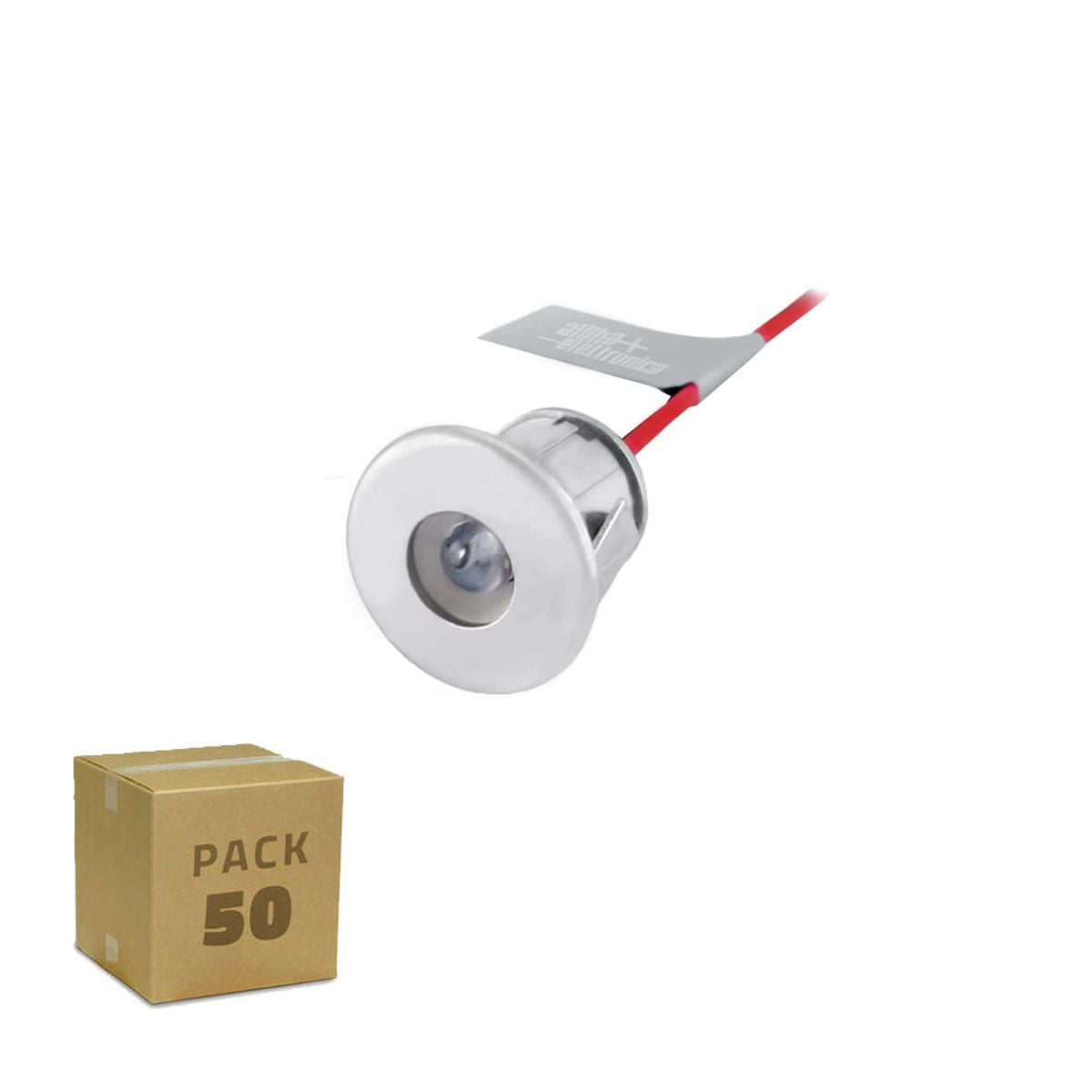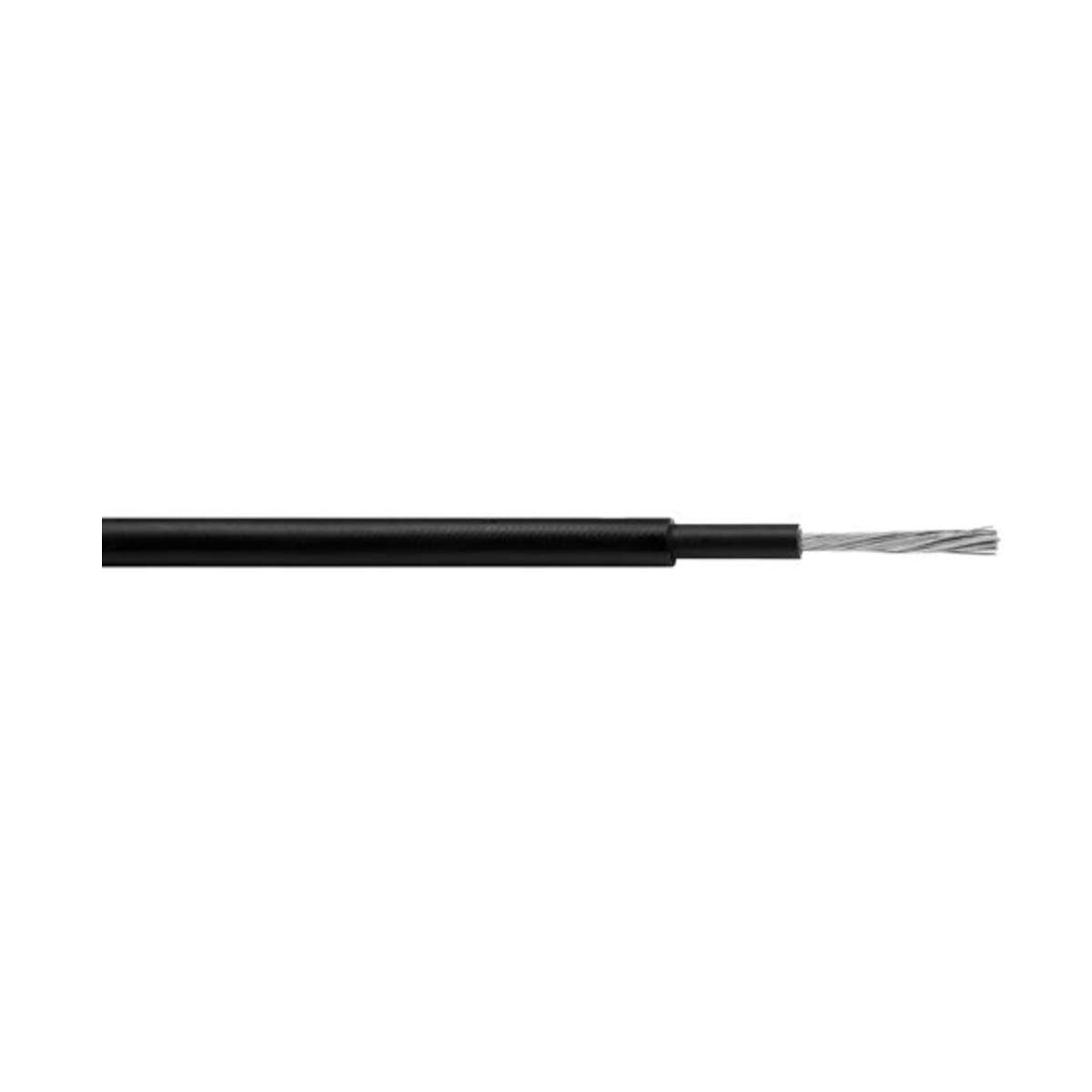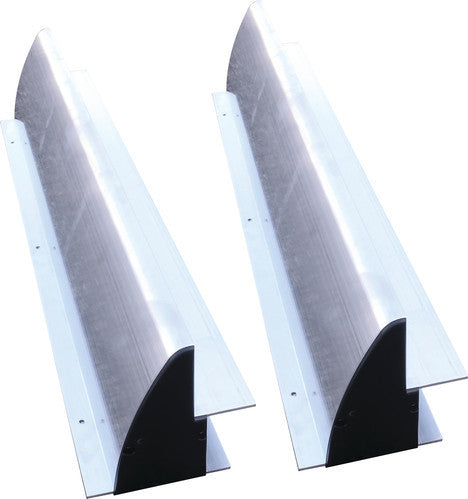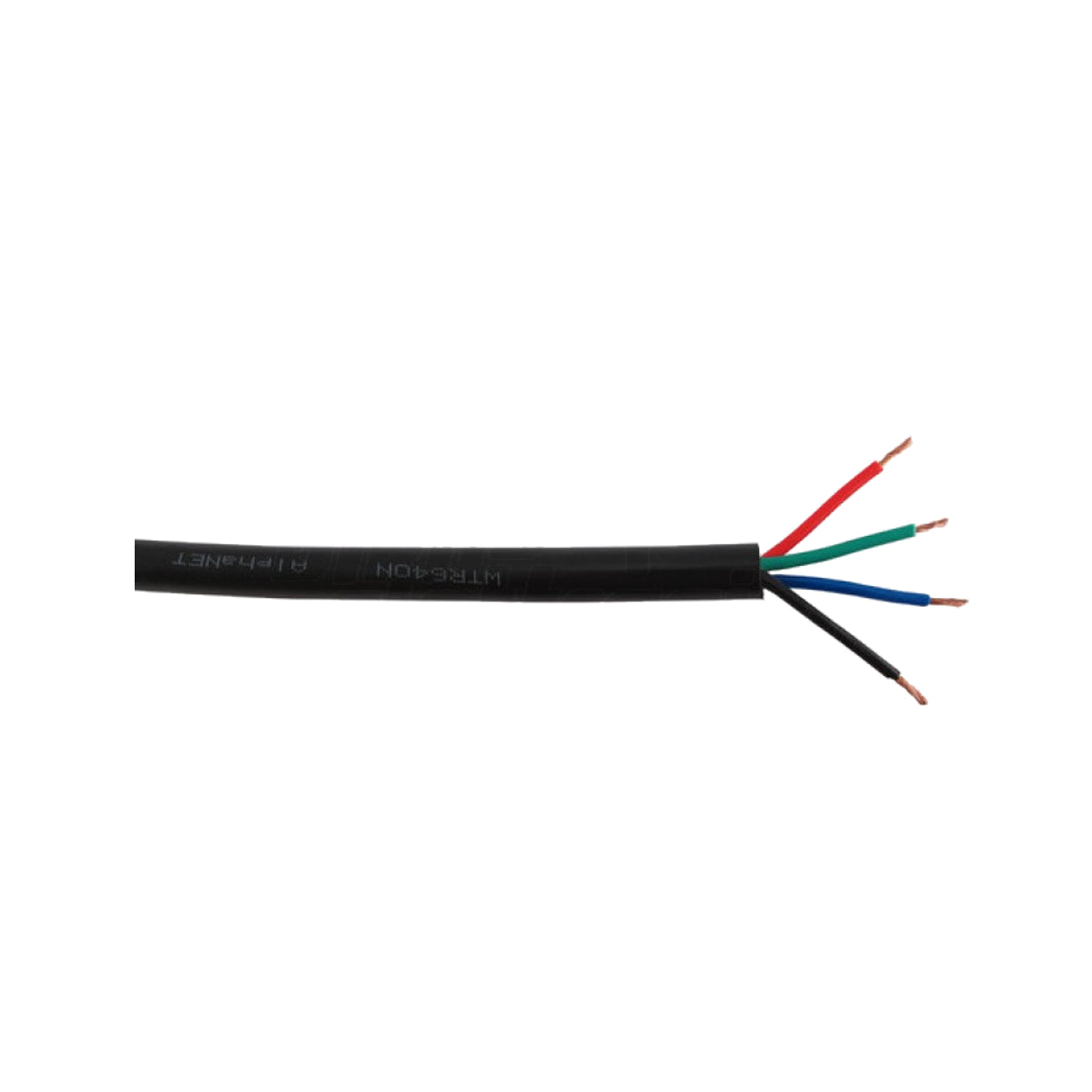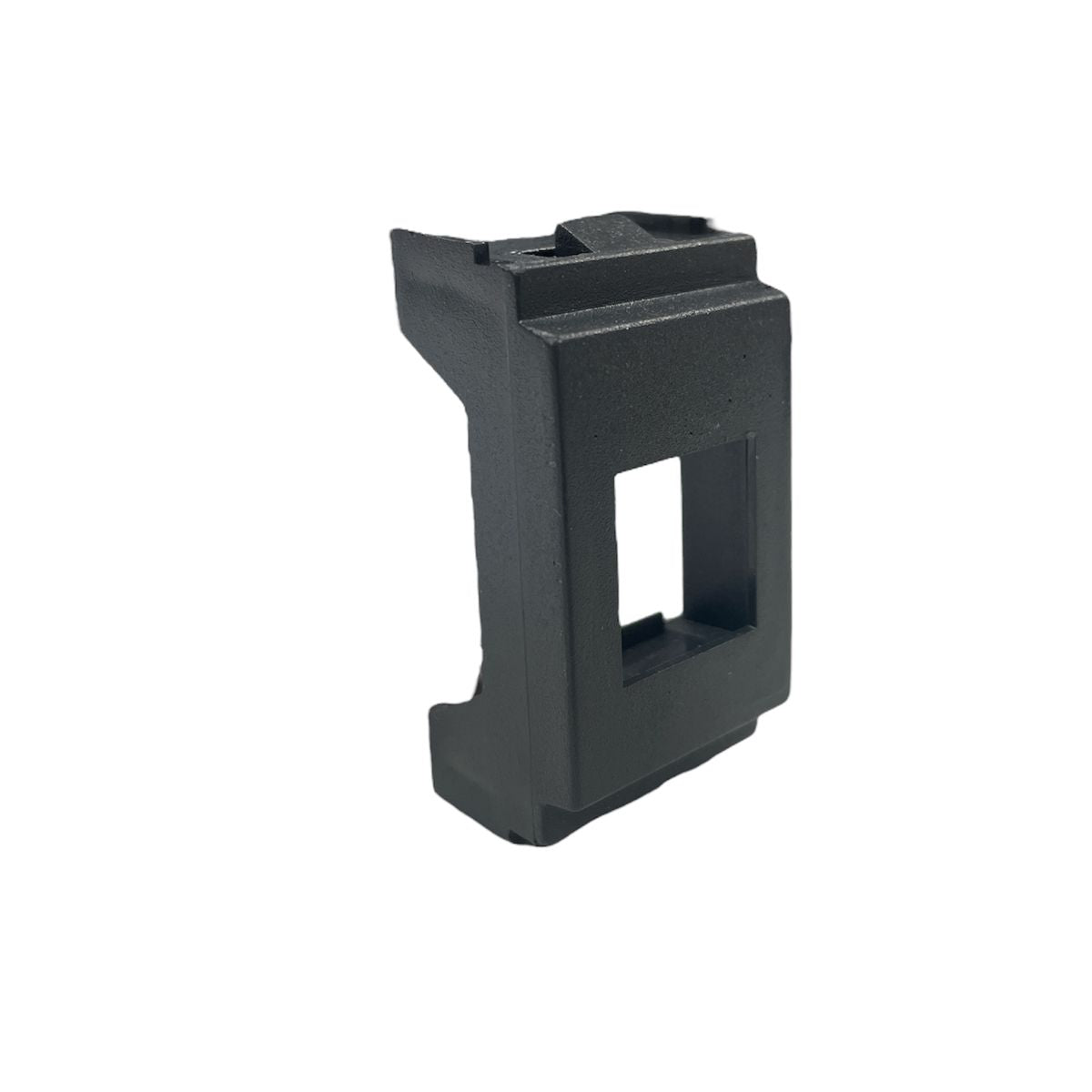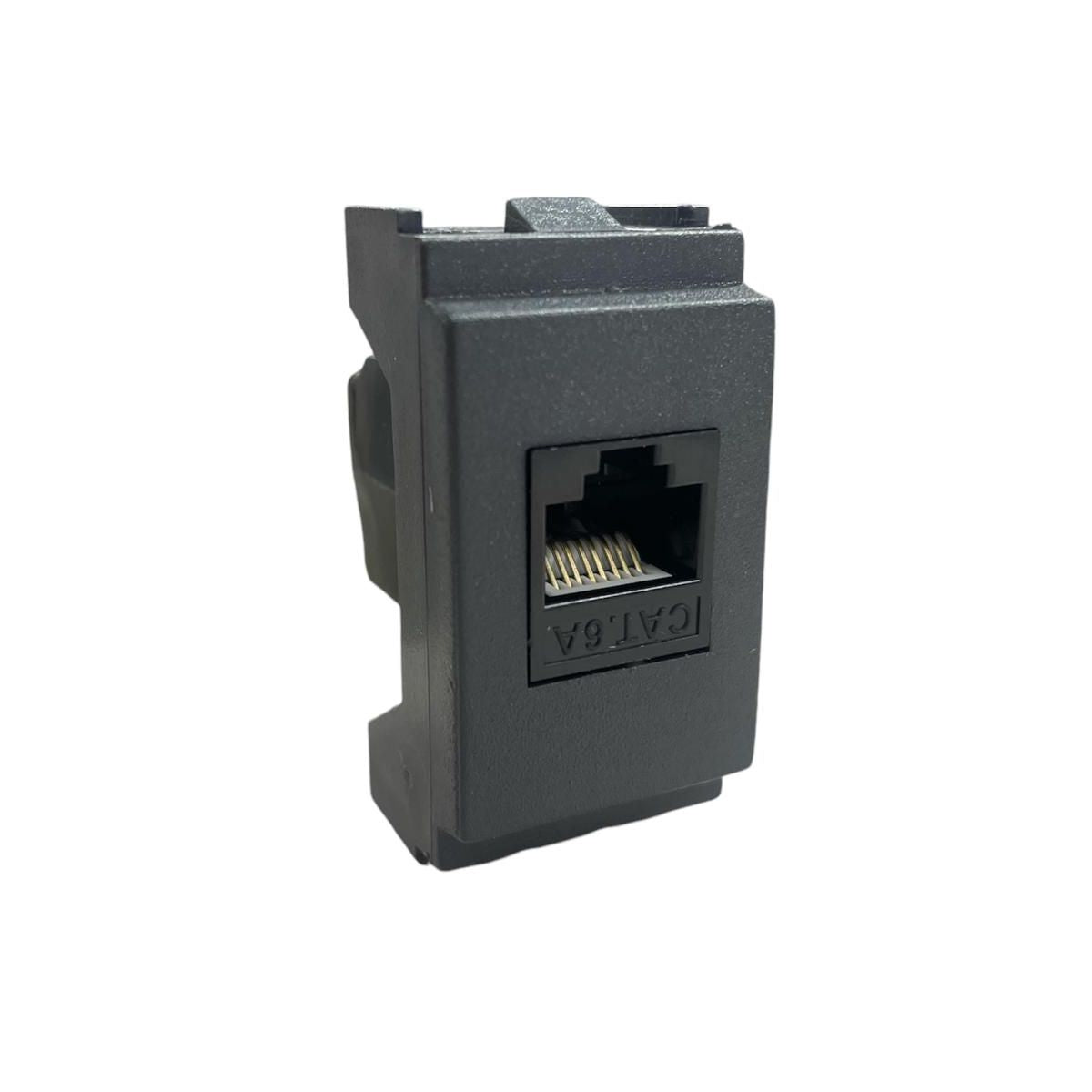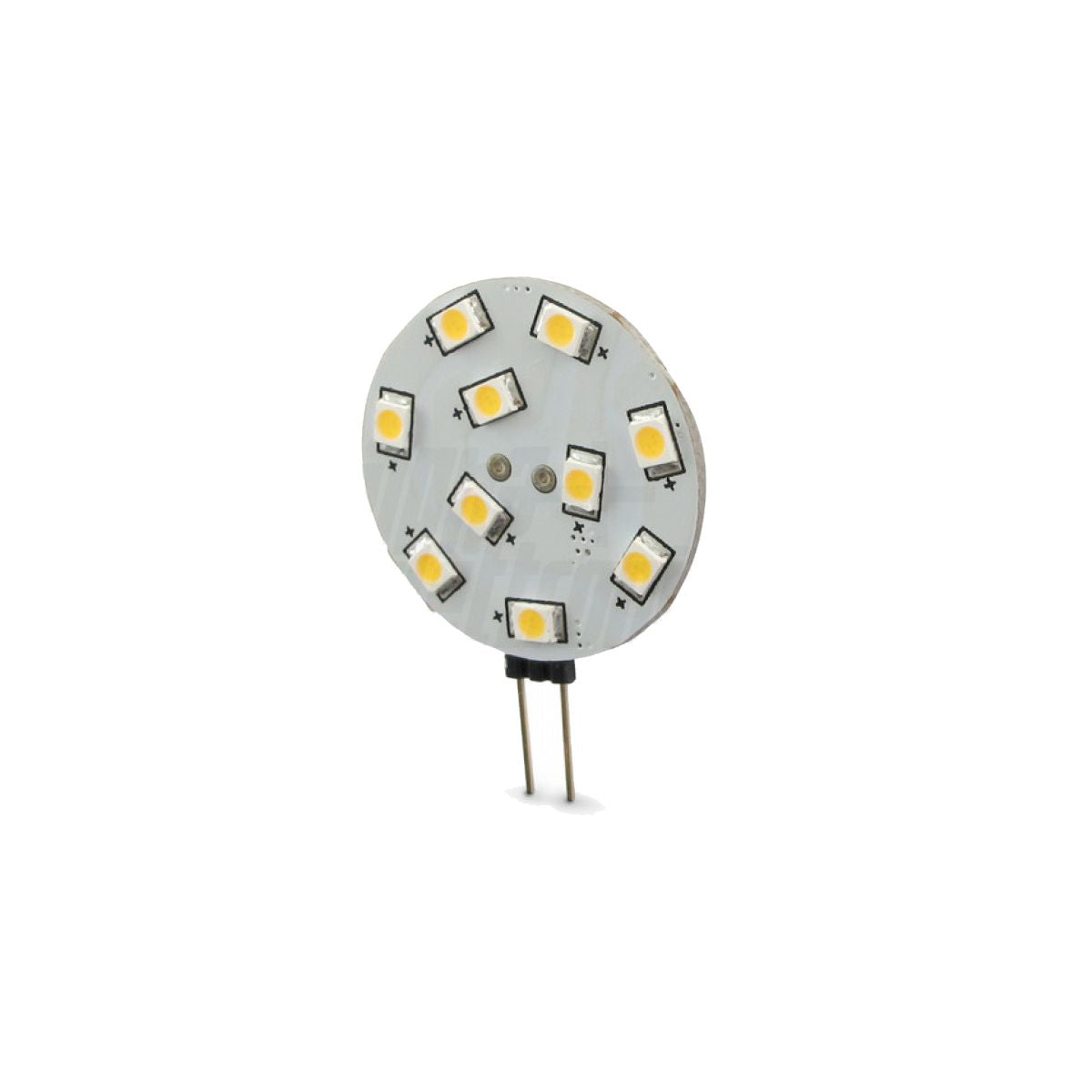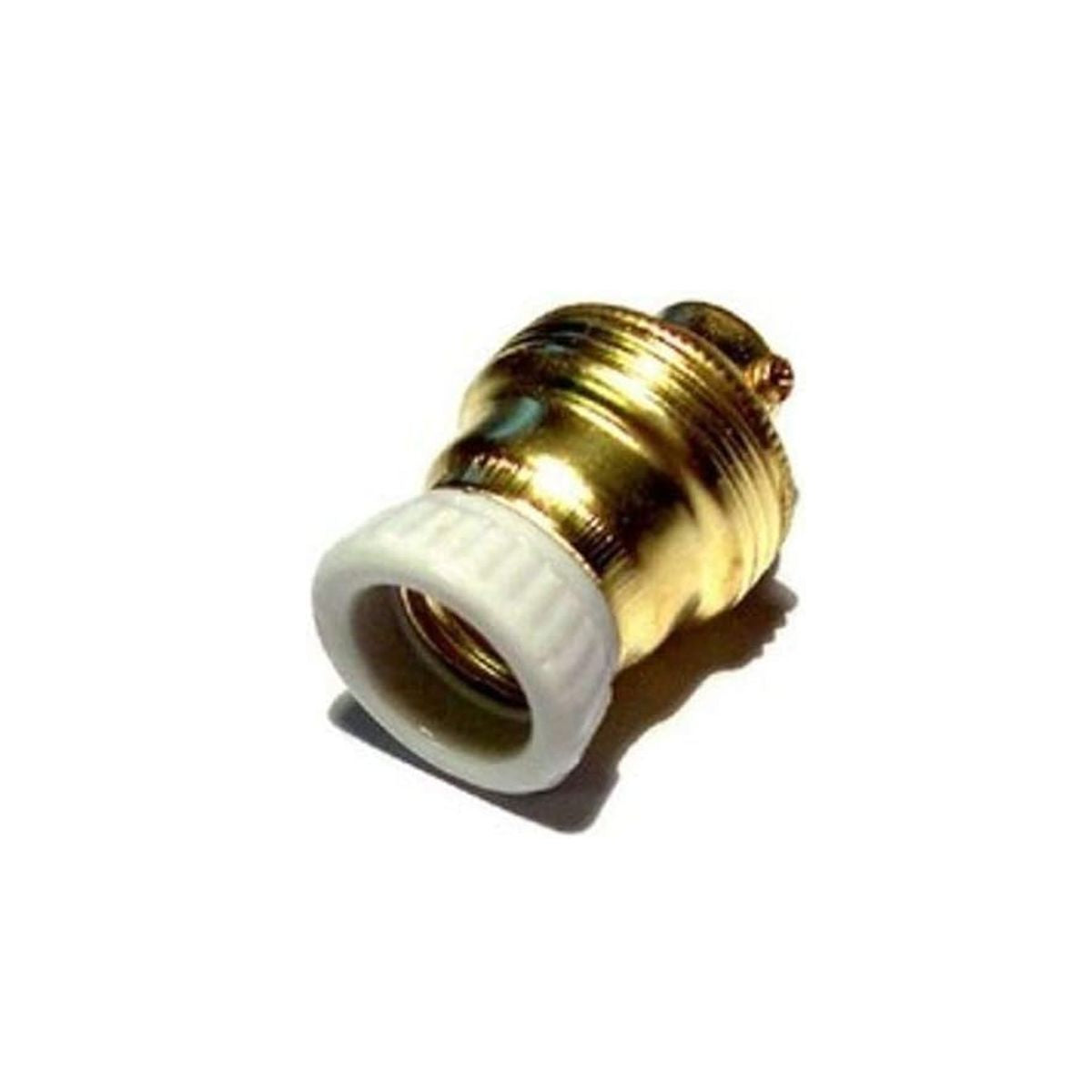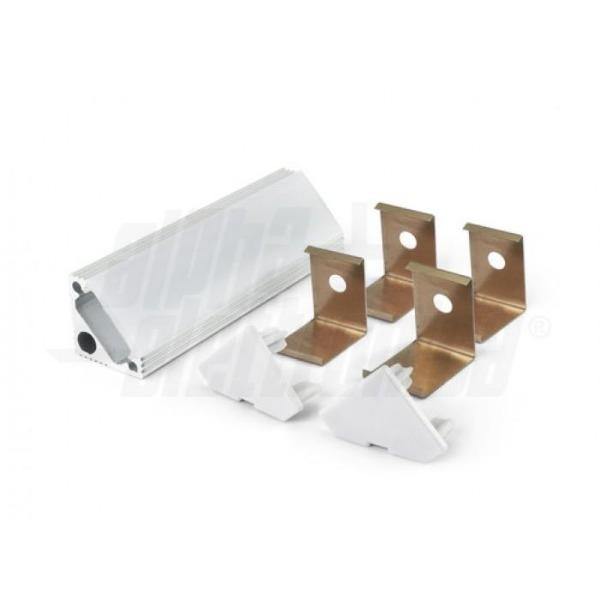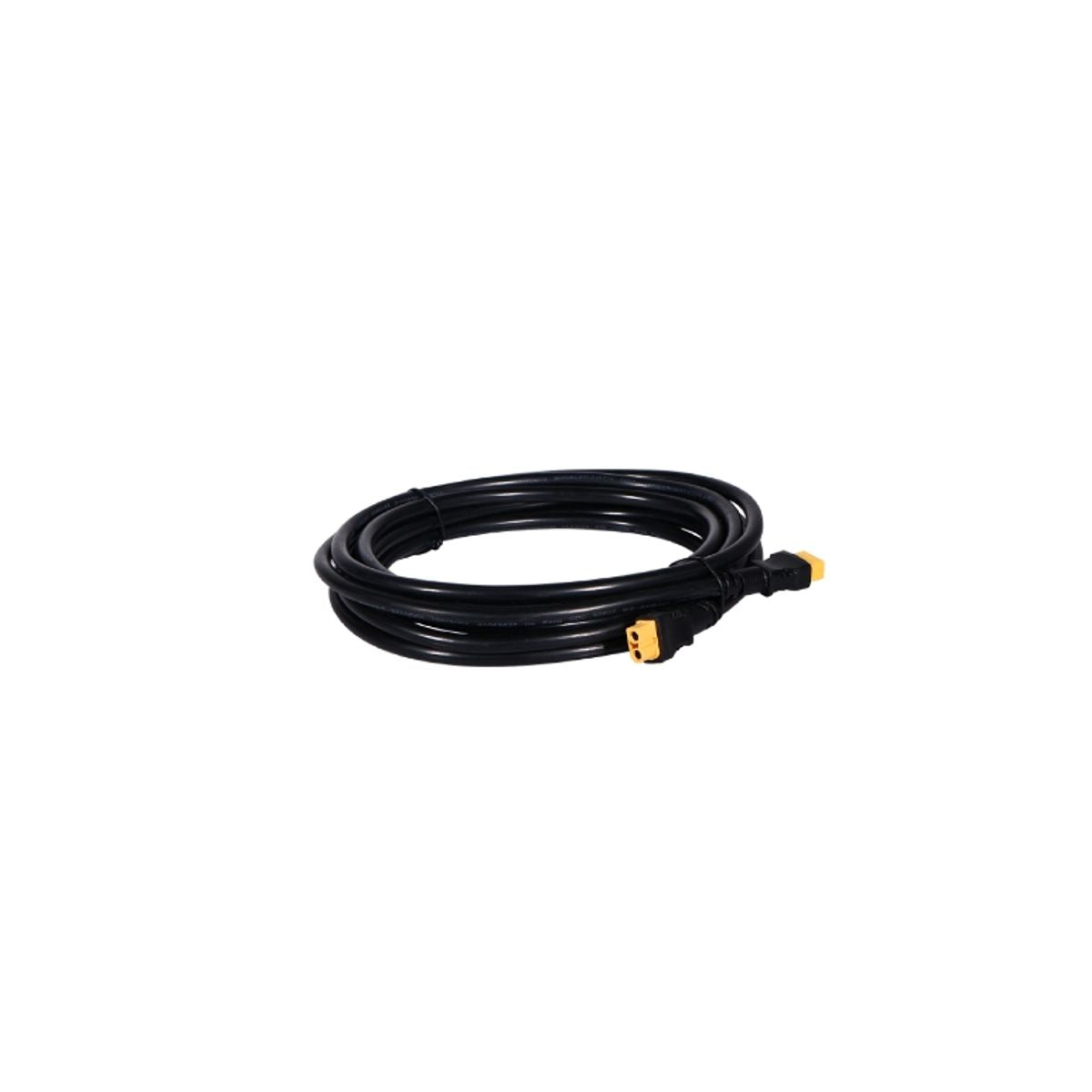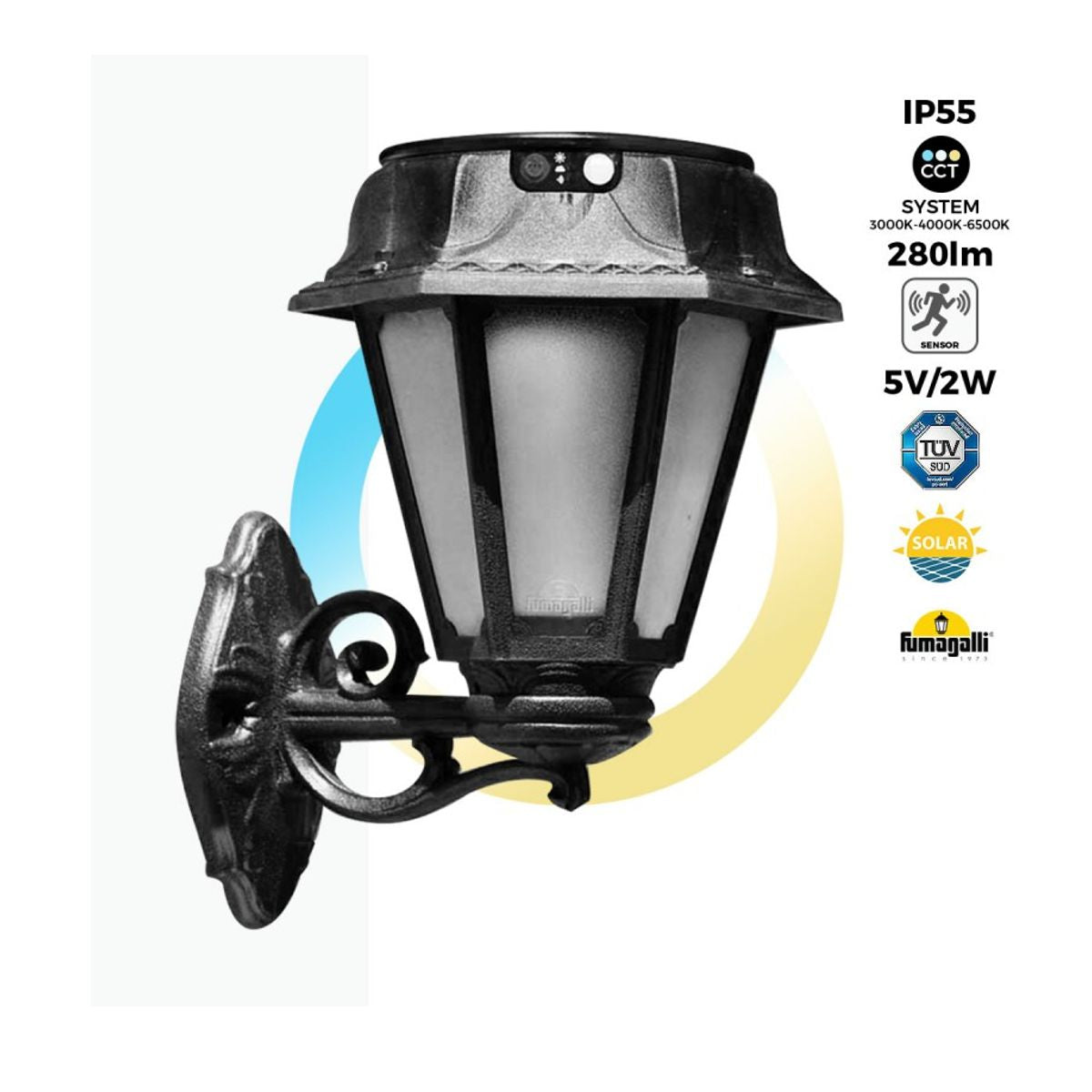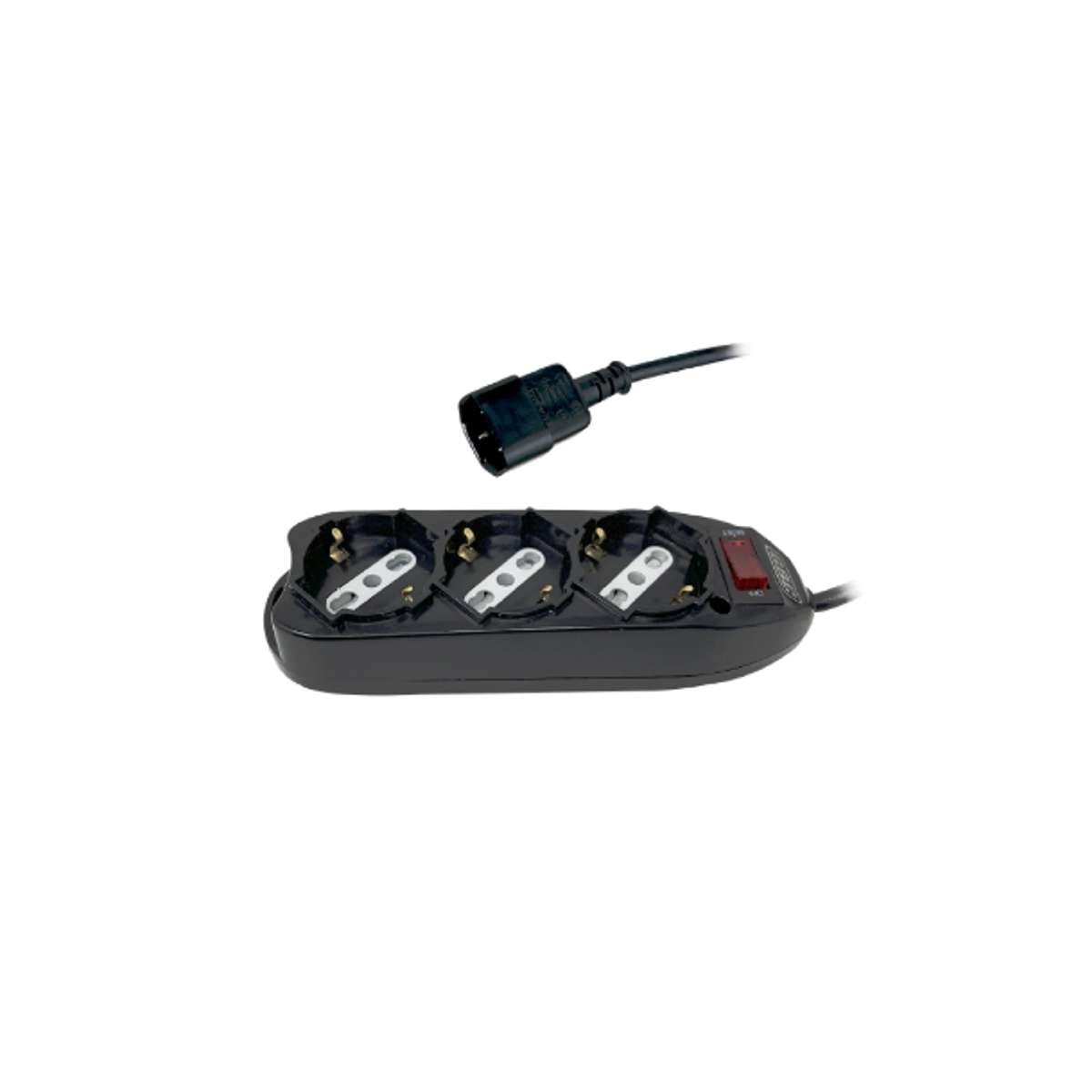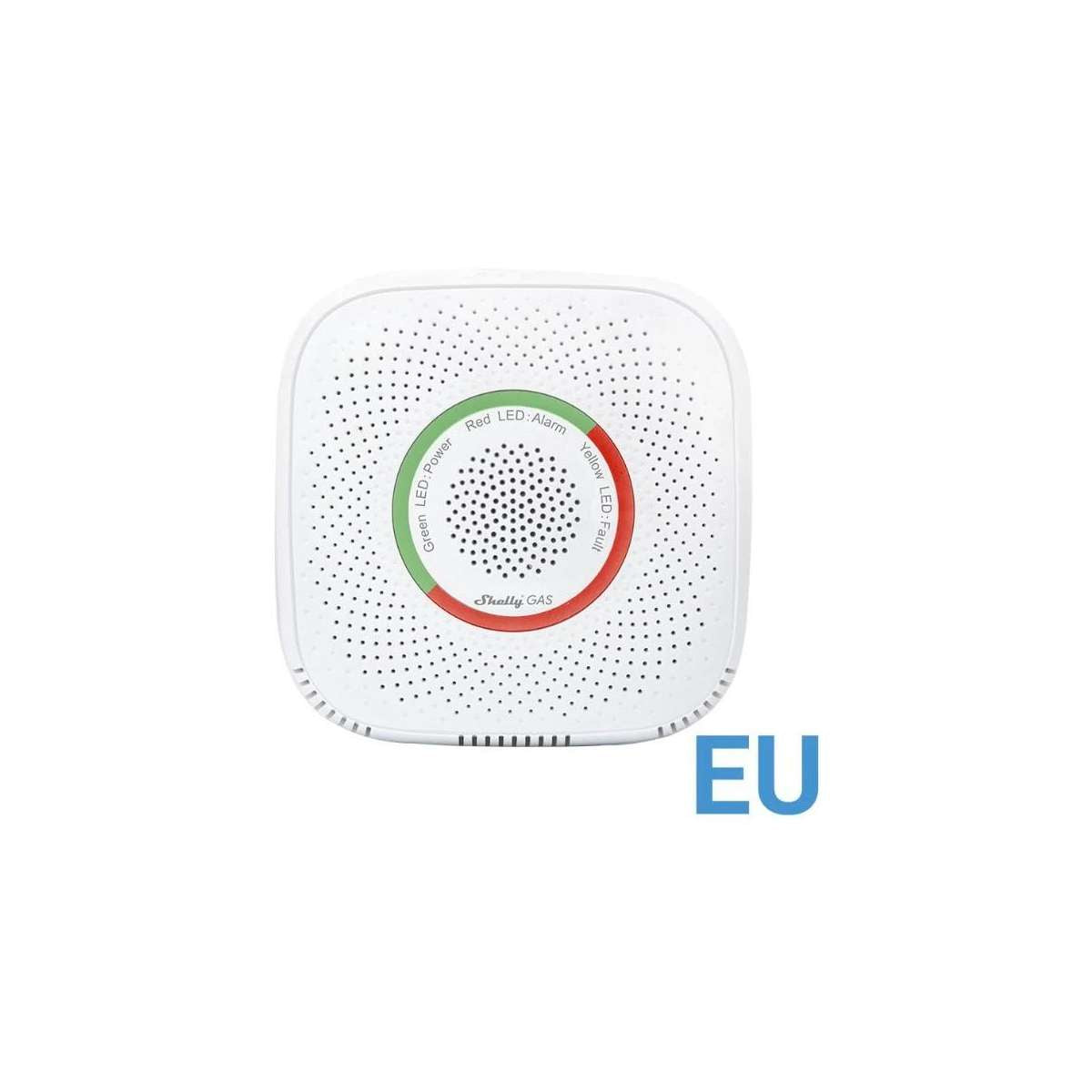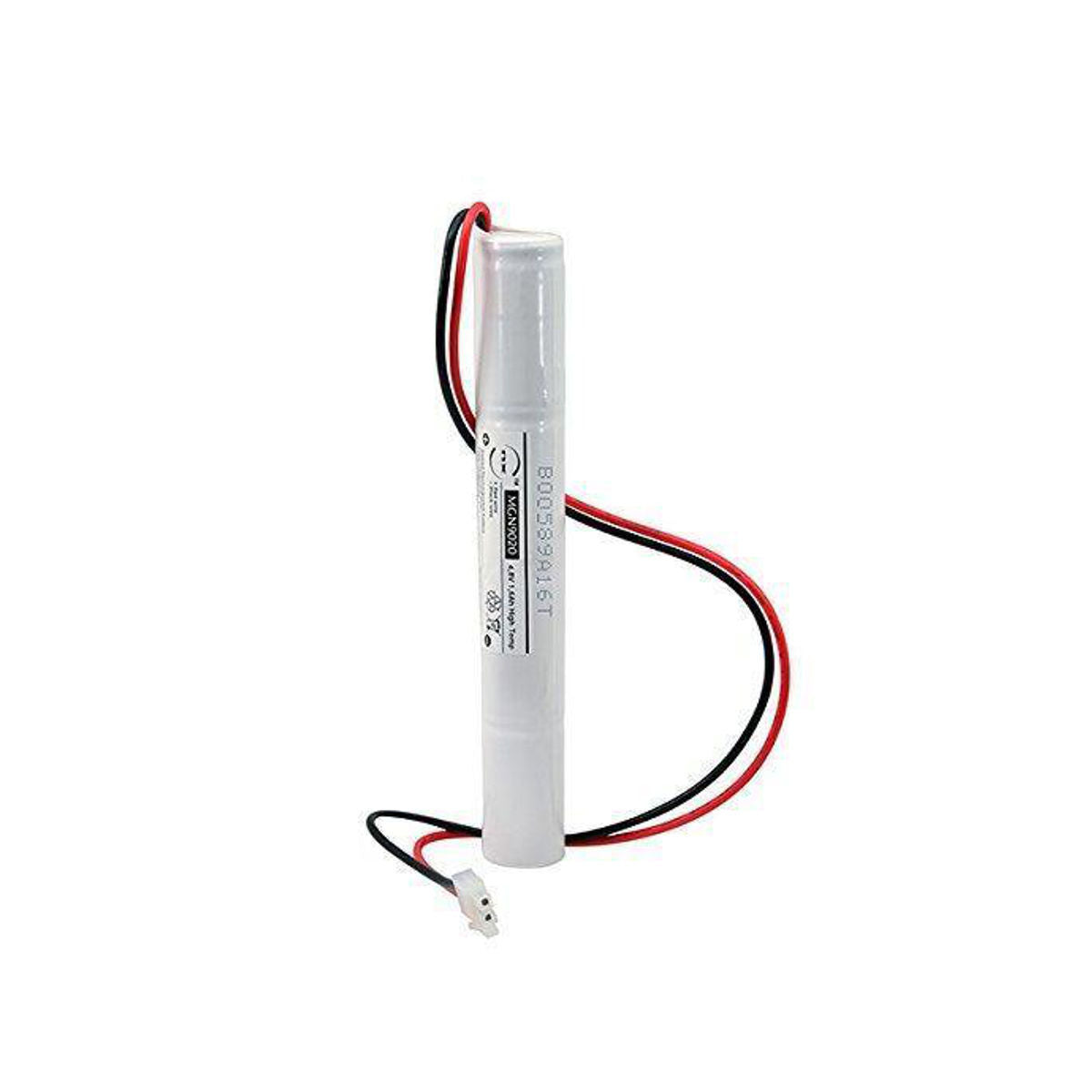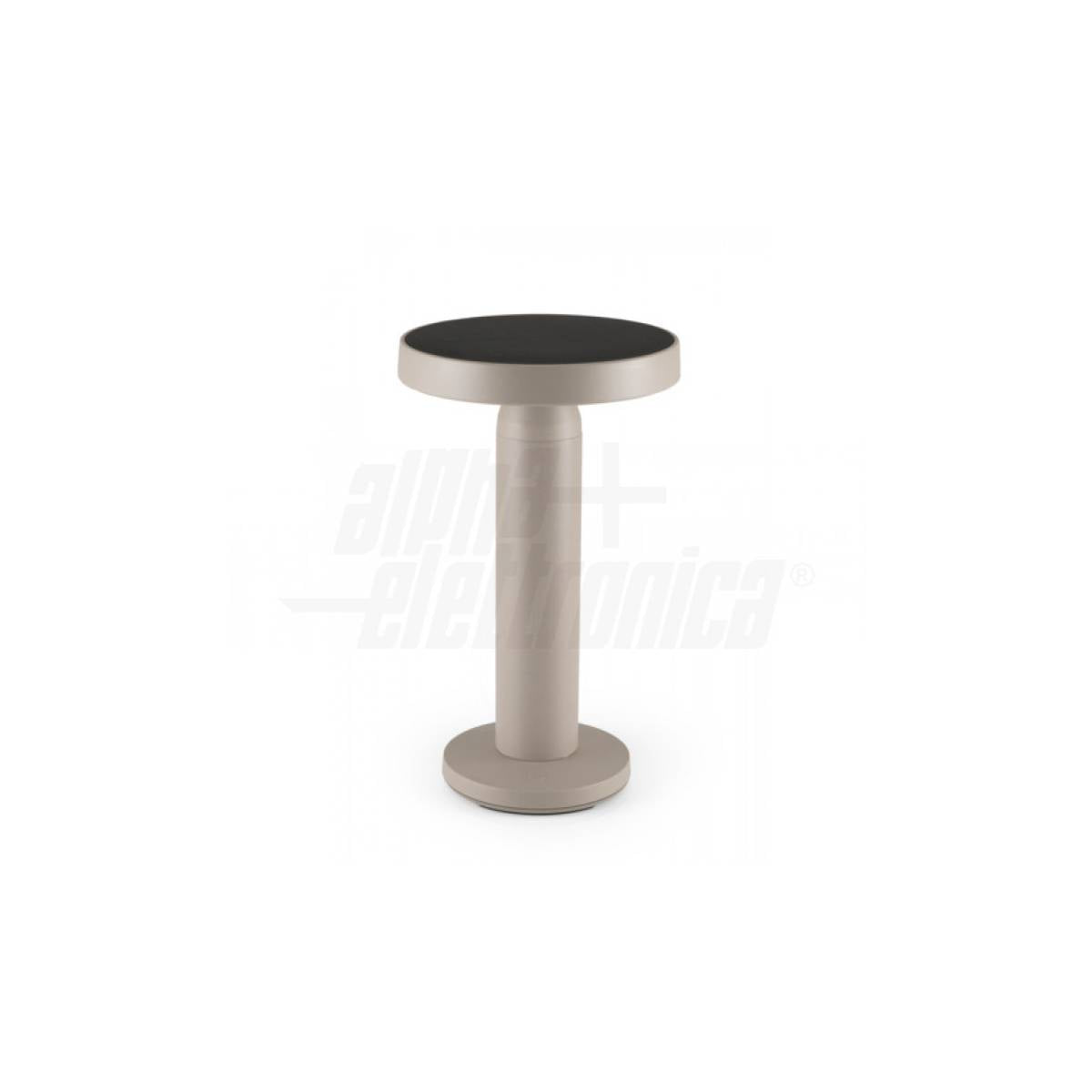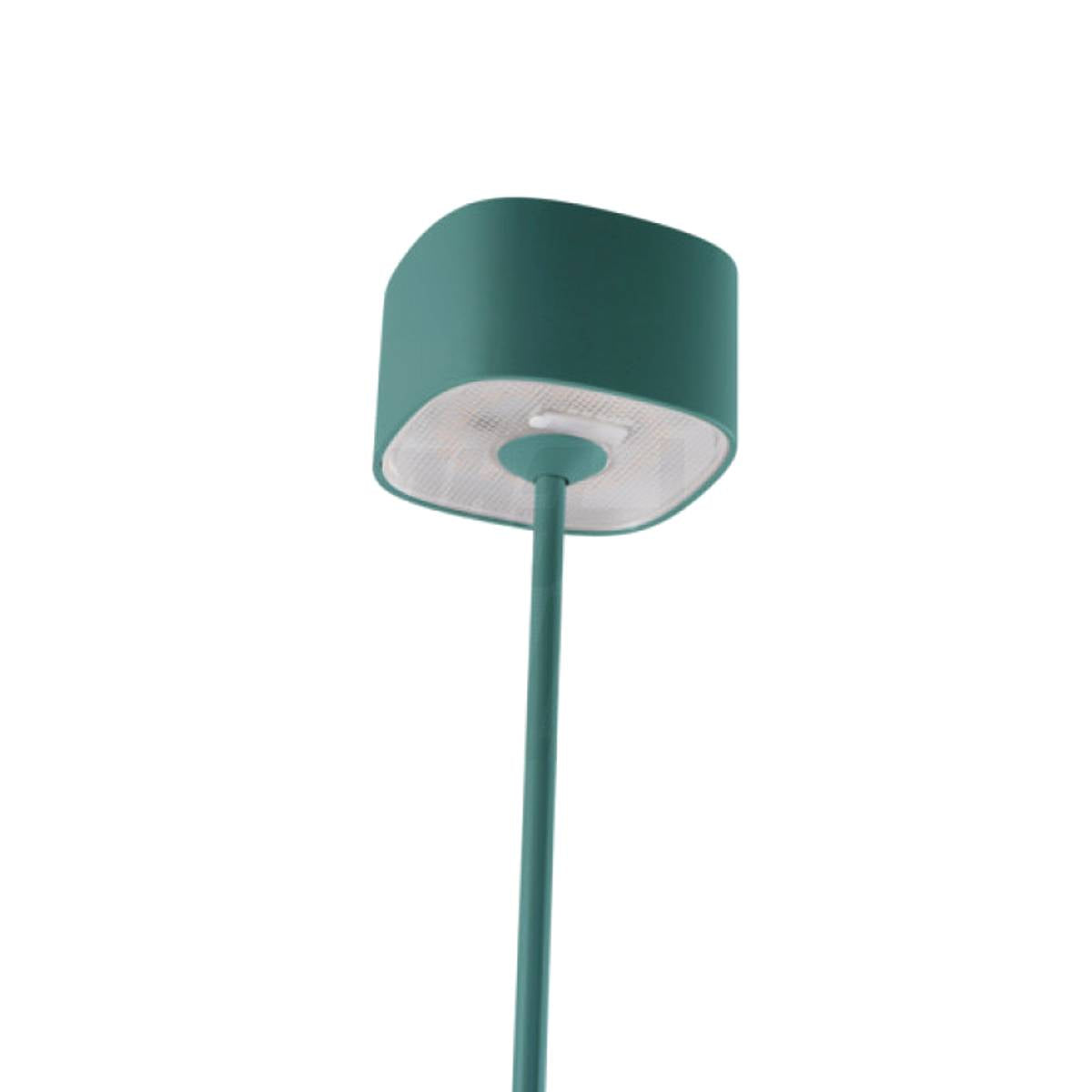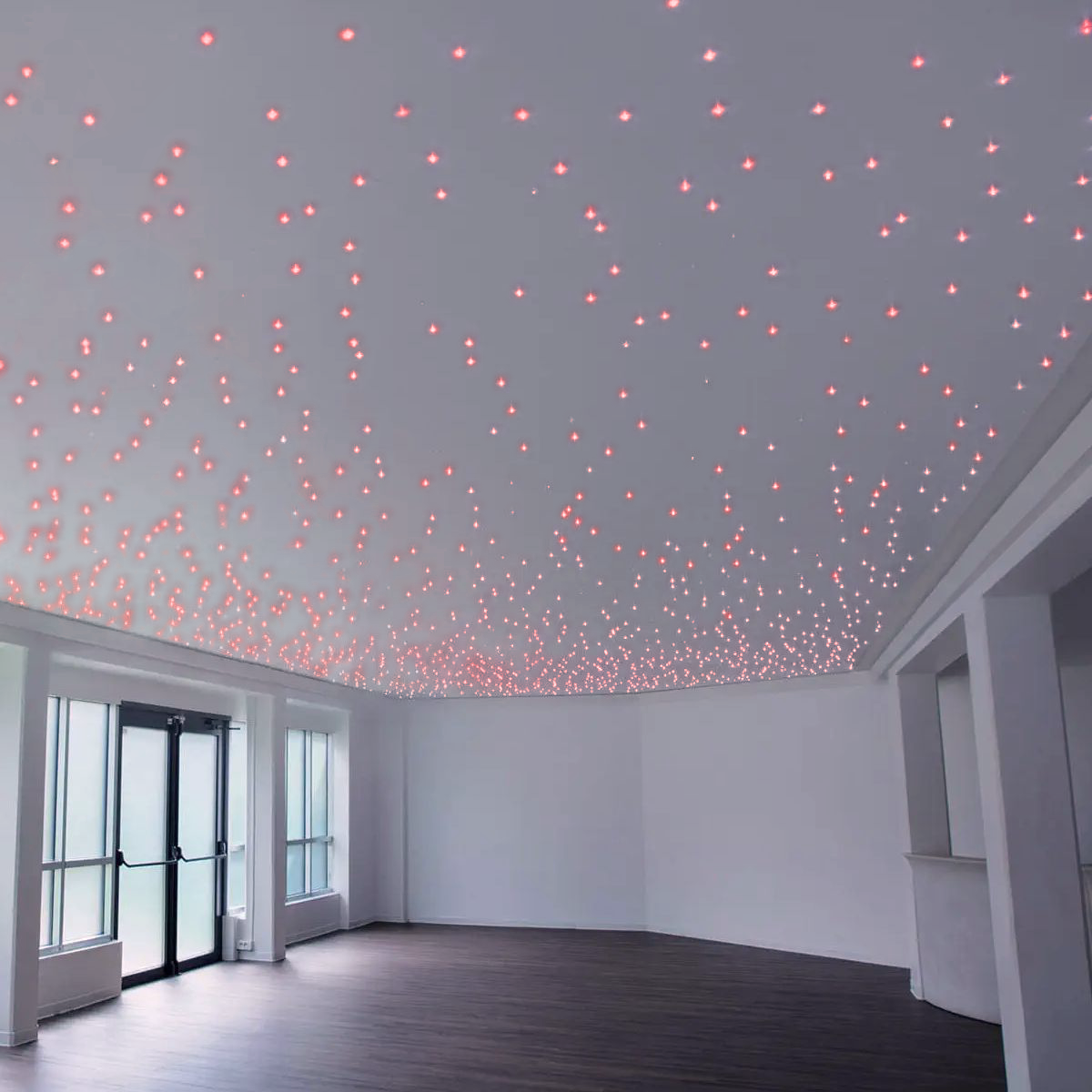The new energy labels for light bulbs came into force on 1 September 2021. A further step that follows the arrival last March of the new energy labels for Smart TVs and monitors, and which will lead to the universal application of the new labels for all electronic equipment.
Even for light bulbs, the new rules provide for the abandonment of the current classification based on letters and "+" in favor of a new classification based solely and exclusively on letters: from A (greater energy saving) to G (greater electricity consumption) . Therefore there are no longer light bulbs belonging to the A+++, A++ or A+ energy class but only A, the aim is to make energy labels more understandable.
It is worth underlining, however, that today (and for several months) we will not find light bulbs in energy class A, the same goes for energy classes B or C: in fact we start from energy class D , which still indicates very low energy savings.

Why this change
A question that many of you have probably already asked yourself is the reason for this radical change.
To give a valid answer we need to go back to the objective of the energy label which since its origins has had a dual purpose: on the one hand to make the customer understand what he is buying, on the other to stimulate companies to produce consumer electrical and electronic devices always lower.
This system worked for many years, until class A, A+, A++ and A+++ products became so numerous that it became difficult to understand the real difference between a class A product and one in class A+++.
Furthermore, there can be nothing above class A, so those who already have a product with the best energy class are no longer encouraged to improve it.
This explains the reason why the new legislation provides for a periodic "rescaling", every ten years, which causes many products to "drop" from the higher classes to the lower ones (because in these ten years the more modern products are more efficient than the previous ones and this must be indicated somehow).
The first rescaling took place just last September 1st. In this way, with the new energy label, there are no longer any bulbs on the market with an energy class better than D, not even LED bulbs.
What changes for the user
The user who has to buy new light bulbs can sleep peacefully, in fact little changes for him: he simply has to keep in mind that the subclasses (+, ++ and +++) no longer exist and that the same light bulbs, previously classified as A, are now classified as D.
From the next few months, naturally, the latest generation lamps will begin to arrive on the market which will have an energy class certainly higher than D and which will be more efficient from an energy point of view and, therefore, with lower electricity consumption. However, this does not mean that, for example For example, current LED lamps will no longer have to be considered "energy saving".

